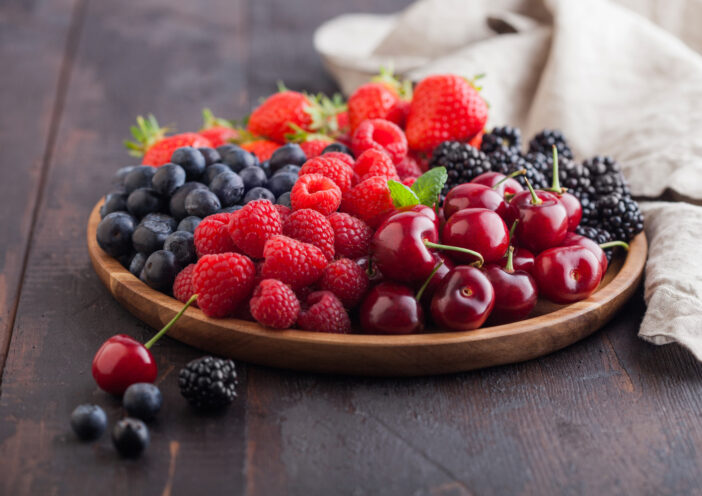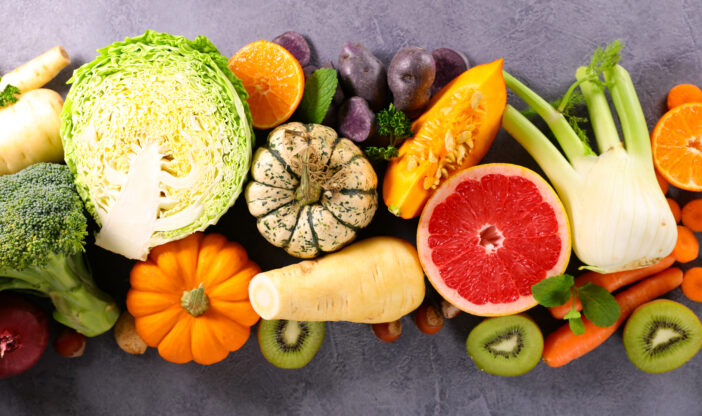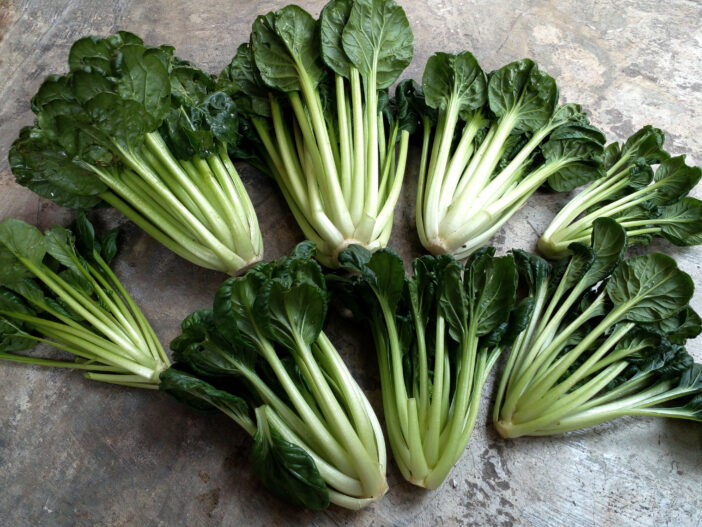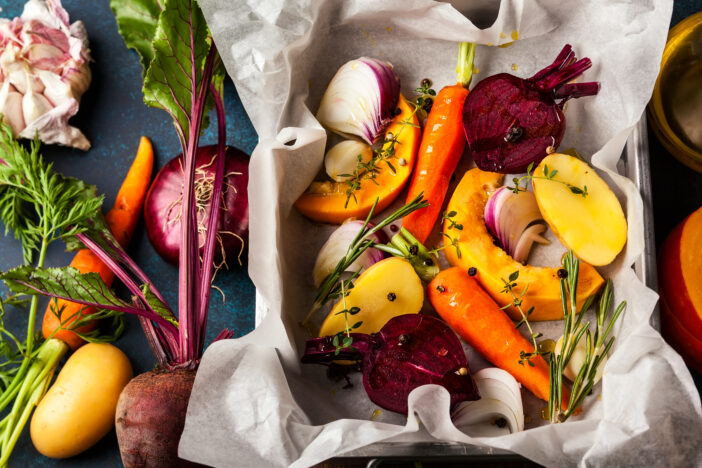5 Seasonal Flavor Guide Tips to Elevate Your Cooking
Enhance your seasonal cooking with our Flavor Wheel Guide, unlocking vibrant flavors from spring’s leafy greens to winter’s hearty roots, ensuring each dish bursts with optimal taste.

Imagine unlocking the vibrant world of flavors each season offers, transforming your meals into a canvas of taste and color. Our Flavor Wheel Guide for Seasonal Ingredients is your key to mastering the art of using what’s fresh and abundant, ensuring every dish bursts with optimal flavor.
Disclosure: As an Amazon Associate, this site earns from qualifying purchases. Thank you!
Spring Flavors: Awakening Your Palate

As spring ushers in, it’s time to explore the vibrant tastes this season has to offer. Let’s dive into the fresh flavors that can brighten your dishes.
Leafy Greens and Their Companions
Spring’s harvest brings a variety of leafy greens such as spinach, arugula, and kale. These greens, bursting with freshness, are perfect for salads and side dishes. Pair them with nuts like almonds or walnuts, and add a sprinkle of cheese, like goat or feta, for a balanced flavor profile. Don’t forget to drizzle with a light vinaigrette to enhance their natural tastes.
Citrus Fruits and Floral Notes
Citrus fruits, including lemons, limes, and oranges, are at their peak in spring. They add a zesty punch to any dish. Incorporate these citrus notes into desserts, dressings, or cocktails for a refreshing twist. Complement these fruits with floral flavors like lavender or rose; they create delicate and appealing aromatics that are ideal for springtime refreshments and baking.
Fresh Herbs: From Mint to Tarragon
Herbs like mint, cilantro, and tarragon start thriving in spring. Mint offers a cool, fresh kick that works wonderfully in both sweet and savory dishes. Use cilantro to top tacos or stir-fries for an added layer of flavor. Tarragon, with its slight anise-like quality, goes well with chicken or in creamy sauces. Experiment by incorporating these herbs into your meals to see just how much they can transform your cooking.
Summer Bounty: Bright and Bold Flavors

As the season shifts, the summer months bring a cornucopia of flavors that are as intense as the sun’s rays. Dive into this vivid spectrum of tastes that define summer cooking.
Summer Fruits: Berries, Melons, and Stone Fruits
Embrace the sweet and juicy offerings of summer with an array of berries, melons, and stone fruits. Berries like strawberries, blueberries, and raspberries deliver a burst of freshness and are perfect for morning smoothies or decadent desserts. Melons, including watermelon and cantaloupe, provide hydrating sweetness, ideal for refreshing salads or standalone snacks. Stone fruits such as peaches, nectarines, and plums offer a succulent texture and bold flavors, excellent for grilling or baking.
Vibrant Vegetables: Tomatoes, Corn, and Bell Peppers
Summer vegetables are all about vivid colors and robust flavors. Tomatoes, ripe and rich, are at their peak, enhancing any salad, sandwich, or sauce with their fresh taste. Corn, sweet and versatile, can be enjoyed off the cob, in fritters, or as a summer salad star. Bell peppers in red, yellow, and green shades add a crunchy sweetness to dishes, perfect for stir-fries or stuffed recipes.
Refreshing Herbal Accents
Herbs in summer can transform a simple dish into something extraordinary. Incorporate basil with its sweet and peppery undertone in your pesto, salads, or pasta dishes. Mint offers a cool, fresh note ideal for beverages, desserts, or as a garnish. Cilantro brings a citrusy depth to salsas and marinades, enhancing the dish’s flavor profile with its vibrant zing.
Autumn Harvest: Rich and Earthy Tastes

As the leaves turn, autumn ushers in a palette of rich, earthy tastes that are as comforting as a warm blanket on a crisp day.
Root Vegetables and Squash Varieties
Delve into robust flavors with root vegetables and squash, staples of the autumn season. Carrots, beets, and parsnips enhance any meal with their deep, sweet flavors, perfect for roasting or blending into hearty soups. Squash varieties, like butternut, acorn, and spaghetti, offer versatility in textures and tastes, lending themselves to both savory and sweet preparations.
Seasonal Spices Like Cinnamon and Nutmeg
Elevate your autumn dishes with the warm, spicy notes of cinnamon and nutmeg. These spices are fundamental in a myriad of fall recipes, from comforting pumpkin pies to spiced apple ciders. Their rich aromatics enhance not only desserts but also add a delightful complexity to savory dishes like roasted meats and stews.
Fall Fruits: Apples, Pears, and Grapes
The crispness of fall is mirrored in its fruits, especially apples, pears, and grapes. Apples, with varieties ranging from tart Granny Smiths to sweet Fujis, are perfect for baking or as a fresh snack. Pears add a soft, buttery texture to dishes, ideal in baked goods or poached for a sophisticated dessert. Grapes, with their burst of sweetness, are excellent both on the vine and when dried into raisins, providing a natural sweetness to numerous autumn recipes.
Winter Selections: Comfort and Warmth

As the chill of winter sets in, turn to flavors that both soothe and excite the palate.
Citrus and Pomegranates: Bright Spots in Winter
In the coldest months, citrus fruits like oranges, lemons, and grapefruits deliver bursts of freshness directly to your dishes. Pomegranates add a vibrant pop of color and a tangy sweetness that’s perfect for brightening up salads, desserts, or robust meat dishes. Integrate segments of grapefruit into your breakfast routine or sprinkle pomegranate arils over warm oatmeal to start your day with a zesty kick.
Hardy Greens and Seasonal Roots
Root vegetables such as beets, carrots, and turnips store well through winter and offer earthy flavors ideal for hearty meals. Combine them with hardy greens like kale, collards, and Swiss chard to create nutrient-rich dishes. Think along the lines of a warm kale and roasted carrot salad or a hearty stew featuring collard greens and diced turnips – perfect for those bone-chilling days.
Warm Spices and Hearty Herbs
Enhance your winter meals with spices and herbs that provide warmth and depth. Cinnamon, cloves, and nutmeg are not just for baking; they also pair wonderfully with savory dishes. Incorporate sage, rosemary, and thyme to add robust flavors to roasted meats or vegetable bakes. Imagine a tender roast chicken seasoned generously with thyme and rosemary, accompanied by a side of cinnamon-spiced squash – a true embodiment of winter comfort.
Pairing Tips: Maximizing Flavor with Seasonal Ingredients

Explore how to enhance your dishes by combining seasonal ingredients effectively. Let’s dive into some practical tips to elevate your cooking with vibrant flavors and textures.
Color Contrasts and Flavor Pairings
- Brighten Your Plate: Use bright veggies like bell peppers or carrots with darker greens for visual appeal and balanced flavors. Example: sweet carrots with bitter arugula.
- Fruit Accents: Add citrus or pomegranate to earthy winter salads with kale or chard for vibrant colors and tangy flavors.
Texture Combinations
- Mix Crunch with Creaminess: Combine crunchy elements like nuts or seeds with creamy ingredients such as goat cheese or avocados. Example: toasted almonds in butternut squash soup.
- Layer Soft and Firm: Use varying firmness for engaging textures. Example: crispy roasted root vegetables with cooked grains or tender leafy greens.
Flavor Balance
- Control the Heat: Adjust spiciness to complement the main ingredients. Example: mild chilies with sweet winter squash or a splash of hot sauce in a citrusy dish.
- Balance with Sweetness: Use sweet elements like honey or maple syrup to soften excessive heat and harmonize flavors.
Frequently Asked Questions
What is a Flavor Wheel Guide?
The Flavor Wheel Guide categorizes ingredients by season, highlighting the best flavors from spring to winter. It helps in selecting and combining seasonal products to create flavorful dishes.
What are some examples of seasonal ingredients?
Seasonal ingredients range from leafy greens and citrus fruits in spring to root vegetables in winter. Each season offers unique flavors suitable for enhancing dishes differently.
How can seasonal ingredients enhance a dish?
Seasonal ingredients enhance dishes by adding fresh and contrasting flavors. Techniques include creating color contrasts, adding fruit accents, and varying texture combinations for a more dynamic eating experience.
Can you give tips on pairing seasonal ingredients?
Yes, for a balanced dish, try pairing sweet with bitter, like carrots with arugula, or combine different textures, such as crunchy nuts with creamy goat cheese. Adjusting spiciness with mild chilies or balancing heat with sweetness are also effective strategies.
How do I balance sweetness and heat in a dish?
Balancing sweetness and heat can be achieved by using natural sweeteners like honey or maple syrup to offset the spiciness of ingredients like chilies. This creates a harmonious flavor profile that enhances the overall dish.






